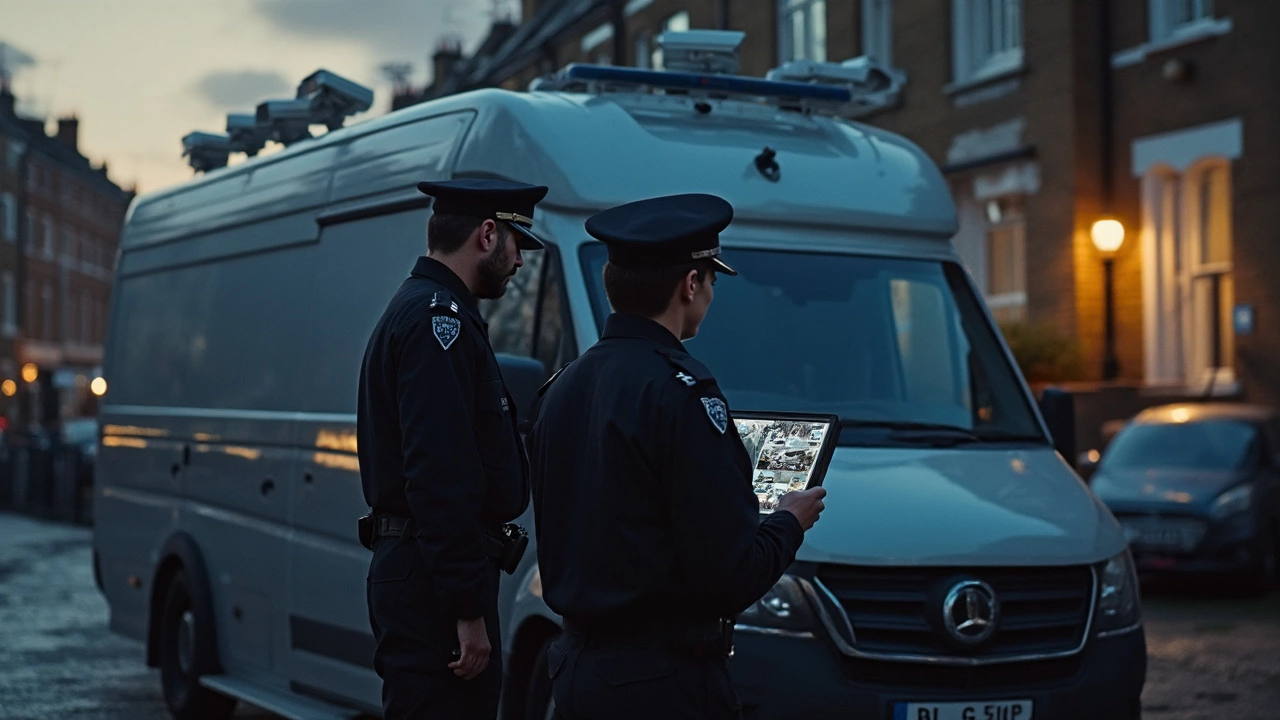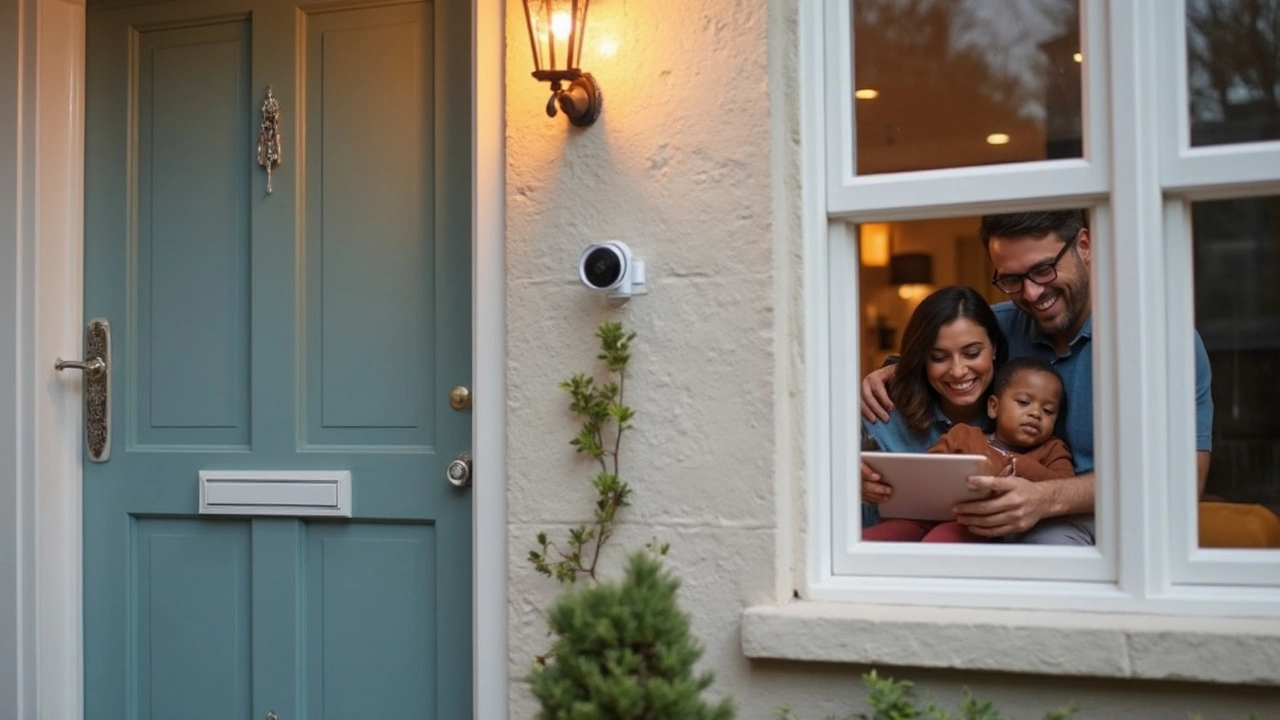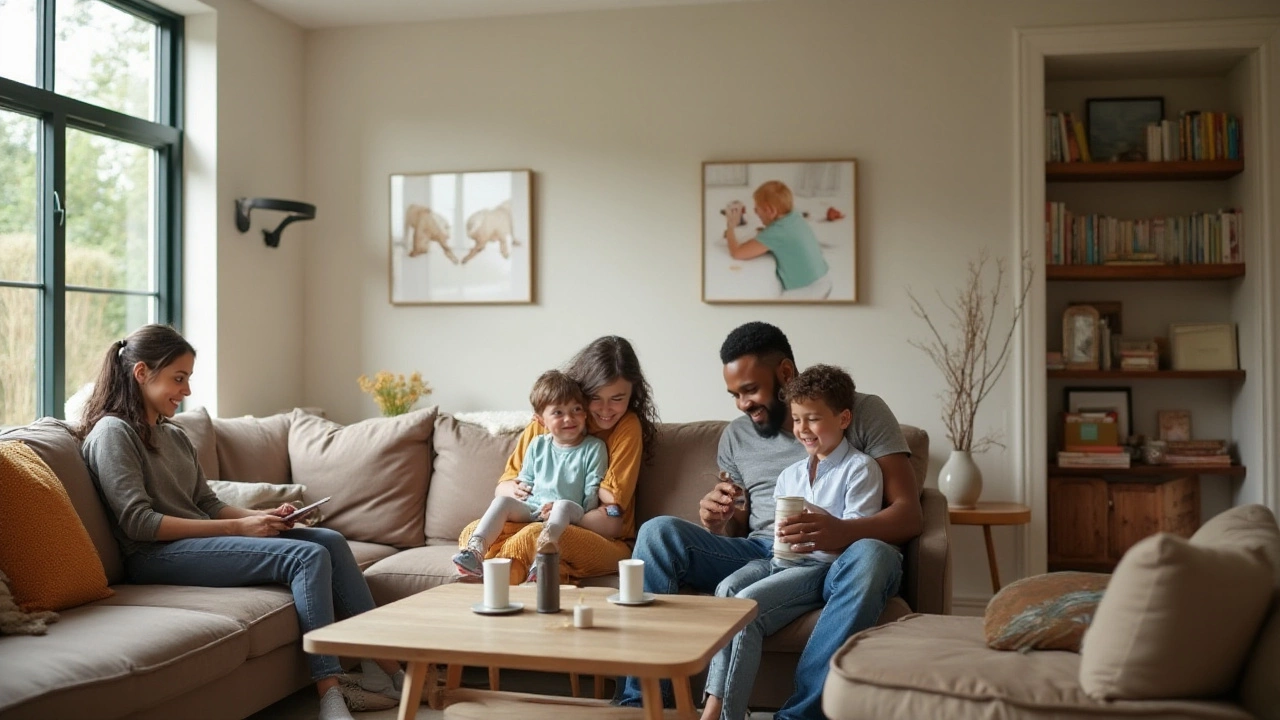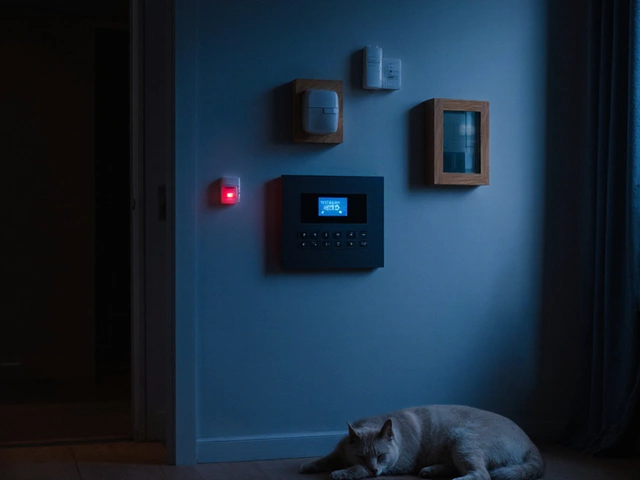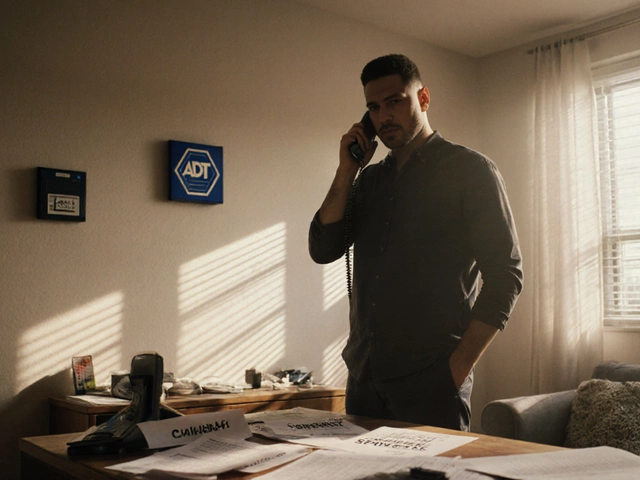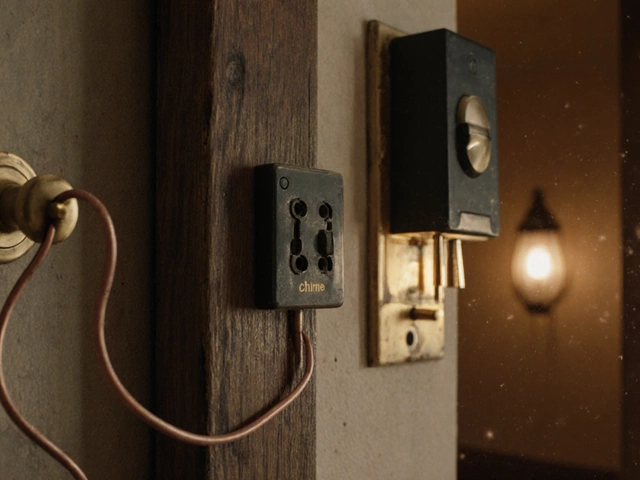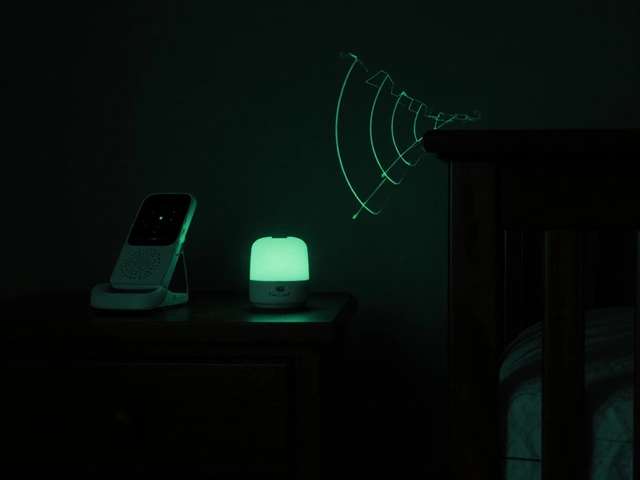Everything You Need to Know About Home Security Cameras in 2025
If you’re looking to boost your home’s safety, a good camera system is the first step. But with wired, wireless, Wi‑Fi, and battery‑powered options flooding the market, it’s easy to feel lost. Below you’ll get the basics you need to pick the right camera, set it up without a hitch, and keep your footage safe from prying eyes.
Wired vs Wireless: Which Fit Is Right for You?
Wired cameras give you rock‑solid video quality and no worries about dead batteries. They’re perfect for places where you can run a cable – like the front door, garden, or garage. The downside? Installation can be a bit messy and may need a professional.
Wireless cameras promise plug‑and‑play simplicity. Most run on Wi‑Fi and a rechargeable battery, so you can stick them anywhere you like. Just remember that signal strength, battery life, and occasional lag can affect performance. If you live in an area with a strong, stable internet connection, wireless is a great choice for quick upgrades.
Watch Out: Wi‑Fi Camera Risks and How to Avoid Them
Any device that streams over the internet opens a door for hackers. A common mistake is leaving the default password unchanged – that’s an instant invitation for unwanted access. Change the login details to something strong, enable two‑factor authentication if the app offers it, and keep the firmware updated.
Privacy is another big concern. Some cameras store video in the cloud, which means a third‑party service holds your footage. Check the provider’s privacy policy, choose a service that encrypts data, or opt for local storage on a micro‑SD card if you want tighter control.
Finally, be aware of the “always‑on” myth. Most cameras only record when motion or sound is detected, which saves storage and reduces bandwidth. Adjust the sensitivity settings so you avoid endless false alerts from passing cars or pets.
Now that you know the pros and cons, here’s a quick checklist to get your system up and running:
- Decide on wired or wireless based on placement and budget.
- Choose a camera with at least 1080p resolution and night‑vision.
- Set a strong, unique password and enable two‑factor authentication.
- Pick a storage method – cloud for convenience, SD card for privacy.
- Test motion zones to cut down on false alarms.
Following these steps will give you clear video, fewer headaches, and peace of mind that the footage stays yours.
Ready to buy? In 2025 the top picks include models with dual‑tech motion sensors (PIR + microwave) for accurate detection, built‑in battery packs that last up to six months, and easy‑mount brackets that need no drills. Look for brands that offer a free trial of cloud storage so you can test the app before committing.
Whether you’re protecting a small apartment or a sprawling house, the right camera setup can deter burglars, help you spot package theft, and let you check in on pets or kids while you’re away. Start with one or two key spots, then expand as you get comfortable. Your home’s security is only as strong as the weakest link, so keep the system updated and review the footage regularly.
That’s the quick rundown. Pick a camera, install it right, lock down the software, and you’ll have a reliable eye on your property – all without the stress of hidden vulnerabilities.

